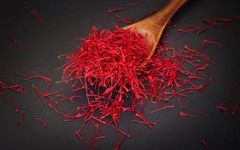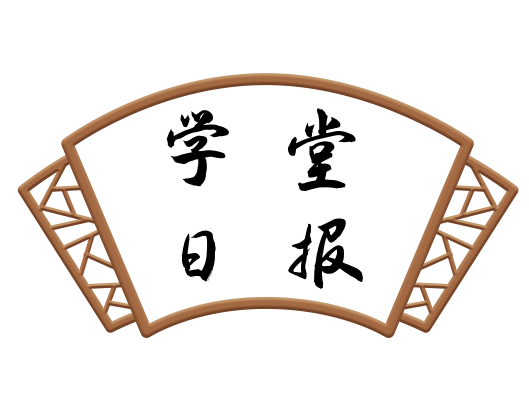
The Traditional Chinese Medicine (TCM) Popularization Classroom meets you every day at 5 PM.
Five Points for Nourishing the Stomach: “Less, Slower, Lighter, Softer, Warmer”.
Honghua (Safflower) – A Precious Herb
Honghua, also known as Zang Honghua (藏红花) or Chuan Honghua (川红花), is a noble flower and extremely valuable. Its aroma can dissolve blood stasis throughout the body, even resolving stagnant blood in the head and brain.
In the Five Classics, there is a martial artist who trains nearly a hundred students during the peak of summer. During training, injuries and bruises are inevitable. He has a medicinal wine made with Honghua as the base. When applied to the hands, bruises heal quickly, and pain diminishes. Moreover, applying this Honghua medicinal wine before training enhances strength, reduces pain sensitivity, and boosts willpower, making it very beneficial for physical exercise!
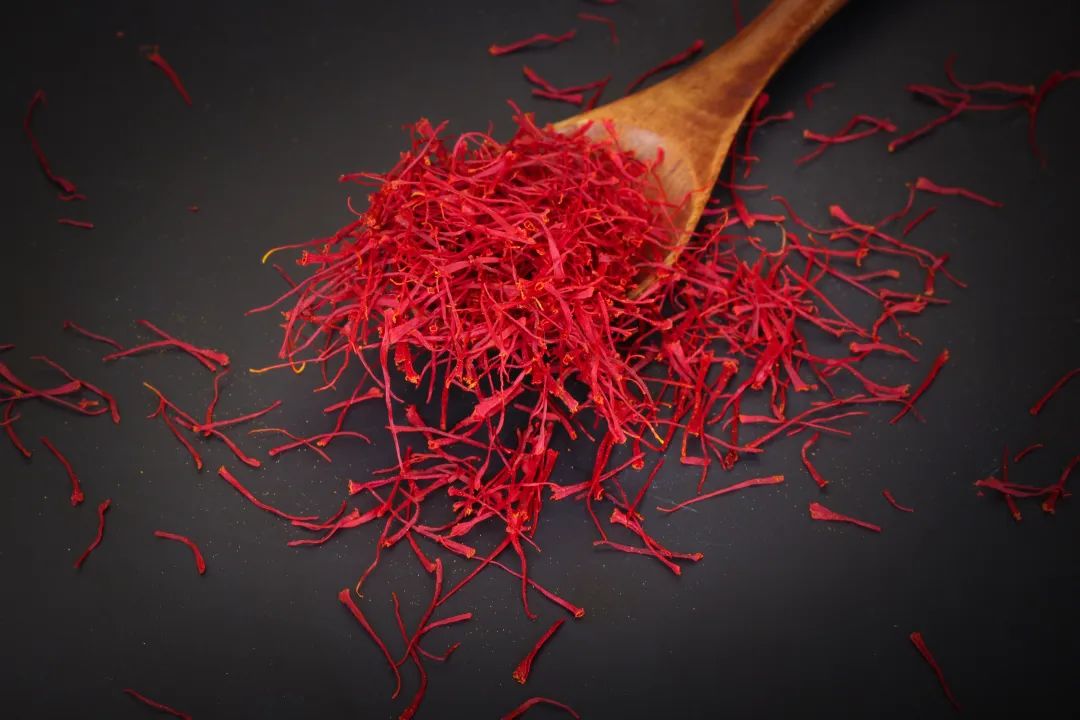
The martial artist states: Various medicinal wines treat blood stasis, and adding a little Honghua makes a significant difference. This is because Honghua can break through various stagnations; it is known for invigorating blood and resolving stasis. Therefore, if a person has various nodules on their body, it is a product of Qi stagnation and blood stasis; these nodules are also a result of liver Qi stagnation. The liver stores blood and governs Qi movement. At this time, you only need to use Honghua, taking 1-3 flowers each time, while maintaining a light diet of congee and avoiding greasy, pungent foods and alcohol. After a period of continuous use, any lumps, whether breast nodules, uterine fibroids, or liver cysts, will shrink to varying degrees or even disappear, and even stones can be eliminated. This is the preciousness of Honghua!
Just learning this experience gives great confidence in dealing with modern diseases, nodular diseases, and lump diseases. The key is to combine the use of Honghua with dietary therapy, maintaining a light diet.
There was once a driver who had a lump on his head from an accident. He used Honghua with wine for treatment, and after three months, the lump was almost invisible. Thus, these external injury lumps are effective, and internal liver cysts are also manageable.
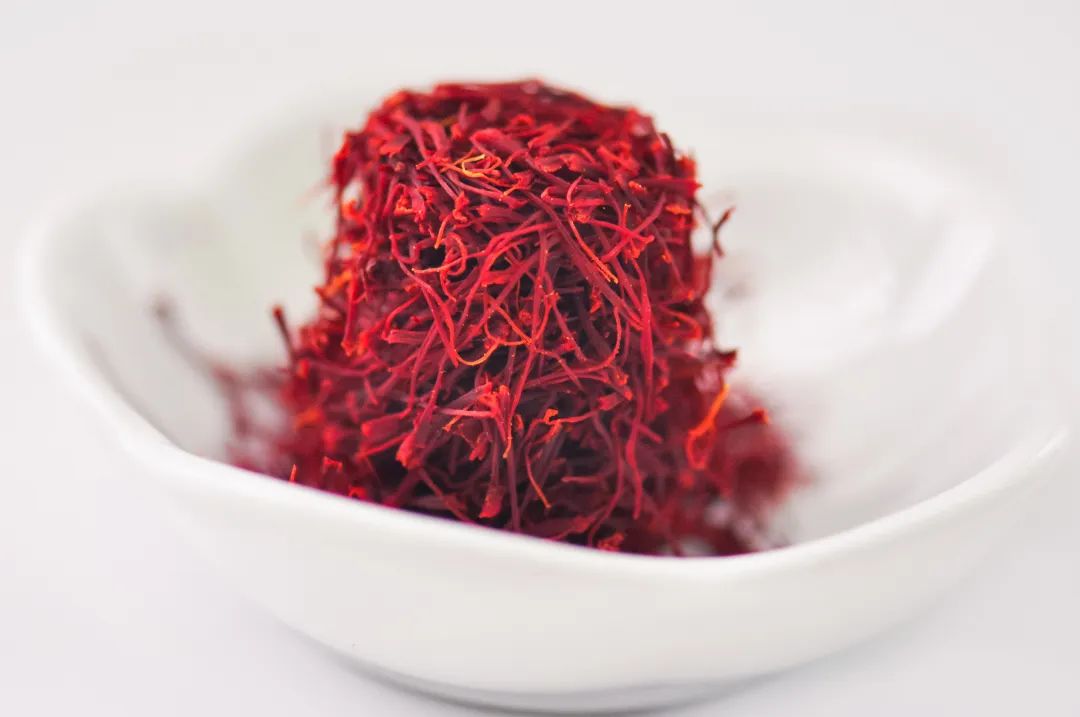
In a hospital, a nurse had a liver cyst and was conflicted about whether to undergo surgery. She first tried conservative treatment with Taohong Siwu Decoction (桃红四物汤) plus Honghua, using the best Zang Honghua from Tibet. After a month of taking it, her liver cyst shrank by half, and after another month, it disappeared. Thus, she became increasingly confident in TCM, noticing her complexion improved significantly.
Honghua can also treat depression. For mild depression, Xiaoyao San (逍遥散) is effective; for severe depression, Xiaoyao San plus Honghua is recommended. Because in the early stages, the issue is in Qi, but if it persists, it enters the blood. If depression lingers, it will infiltrate the blood and flesh. At this point, using Xiaoyao San with 3-5g of Honghua or Sanqi (三七) will bring great relief, invigorating Qi and blood, alleviating all ailments!
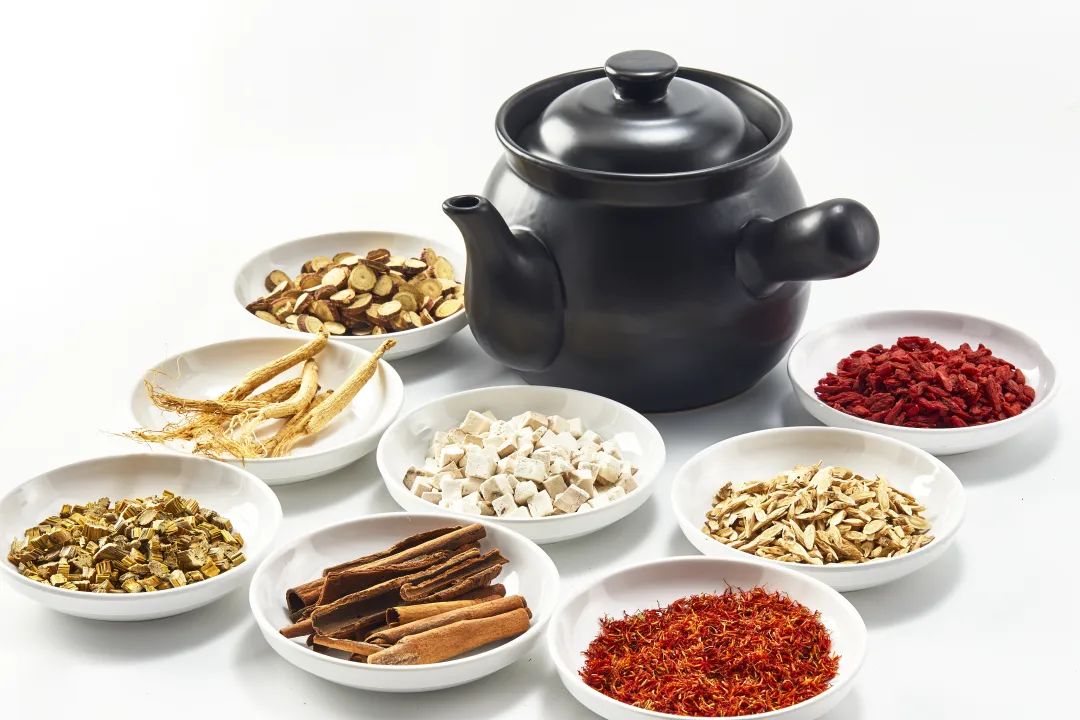
Honghua is also a miraculous remedy for amenorrhea. One ancient medical case recorded a woman who had not menstruated for several months, with a dark complexion and unable to work. After taking Honghua with wine, her menstruation resumed immediately, and her complexion brightened.
Additionally, Honghua can treat mania. Mania is caused by long-term blockage, leading to irritability and, in severe cases, madness. The organs in the body are in constant communication; once blocked, a person becomes agitated. At this time, Honghua can resolve blood stasis, open the meridians, and restore the smooth flow of Qi, alleviating mental discomfort.
Honghua not only invigorates blood and resolves stasis but is also an excellent remedy for heart disease. It is particularly effective for chest obstruction and heart pain. Therefore, if someone experiences stabbing chest pain, there is no need to fear. Combine Gualou (瓜蒌), Xiebai (薤白), and a little Honghua, each 3-5g, and after taking it, the pain will dissipate. The heart is a vital area of the body, and these small doses should not be underestimated; they can open the heart and relieve the stabbing pain.
In “Yilin Gai Cuo”, Wang Qingren states that blood should flow downward without labor; all forms of labor, whether mental or physical, can be alleviated with Honghua. Ancient medical texts record that Honghua can eliminate both true and false accumulations, whether they have formed lumps or are about to form. In short, Honghua can cleanse lumps.
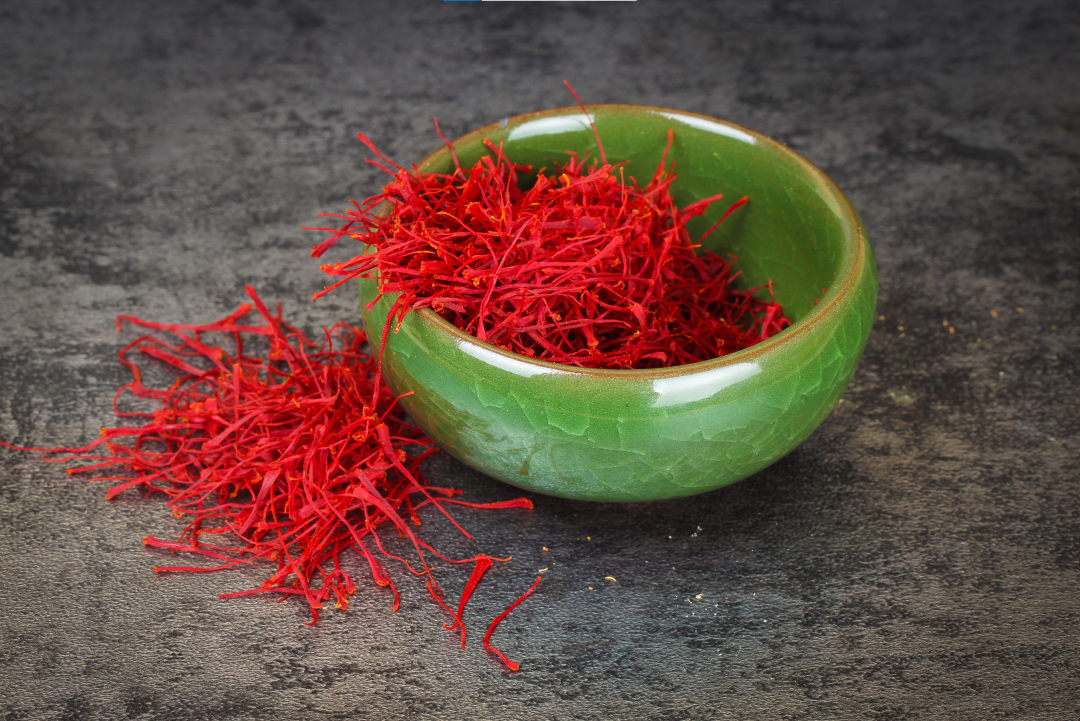
Currently, some Honghua Xiaoyao tablets and Honghua Qinggan Thirteen varieties containing Honghua are very popular among the public. There is also Zheng Honghua oil, which is used for sports injuries; applying it and then tapping the area is effective. Additionally, for any stasis or spots on the body, using these invigorating blood and resolving stasis remedies is also effective.
At the same time, Honghua and Zang Honghua (藏红花) are vastly different, both in price and efficacy. Zang Honghua, also known as Xihonghua (西红花) or Fan Honghua (番红花), is an extremely precious herb, costly and hard to obtain. Honghua is commonly used. Zang Honghua is more powerful in eliminating bad and stagnant blood and can also be used externally for beauty. The “Bencao Gangmu” states that Honghua invigorates blood, moistens dryness, alleviates pain, and reduces swelling. The “Bencao Beiyao” further states that Honghua enters the heart meridian, can eliminate blood stasis, and generate new blood. Therefore, adding a little Honghua to tonifying herbs can enhance their effects.
Pain from blood stasis feels like being pricked by needles, while pain from Qi stagnation feels bloated. Thus, whenever there is a needle-like sensation, Honghua can be a preferred choice. “Zhenzhu Nang Buyi” states: The uses of Honghua are fourfold: to expel bad blood from the abdomen; to replenish deficient blood; to eliminate postpartum blood stasis; and to stop bleeding and dizziness. These four major effects illustrate the pharmacology of Honghua vividly. The compatibility of Honghua is detailed in “Depei Bencao”; if you want to learn about compatibility, refer to the ancient text “Depei Bencao”. Honghua combined with Danggui (当归) invigorates blood; Honghua combined with Rougui (肉桂) warms Yang and disperses stasis. Honghua is often used to break blood; prolonged boiling can promote blood flow, while small amounts can cool blood and nourish it. Thus, “Bencao Beiyao” states that small amounts of Honghua invigorate and nourish blood, while large amounts promote blood flow and expand blood vessels. Remember, it is contraindicated for women. Therefore, Honghua is known as the “Messenger of Blood Vessels” and the “Blood Vessel Cleaner”. It can clear obstructions in blood vessels and is considered the gold of plants, often referred to as the “Red Thorn” of Zang Honghua.
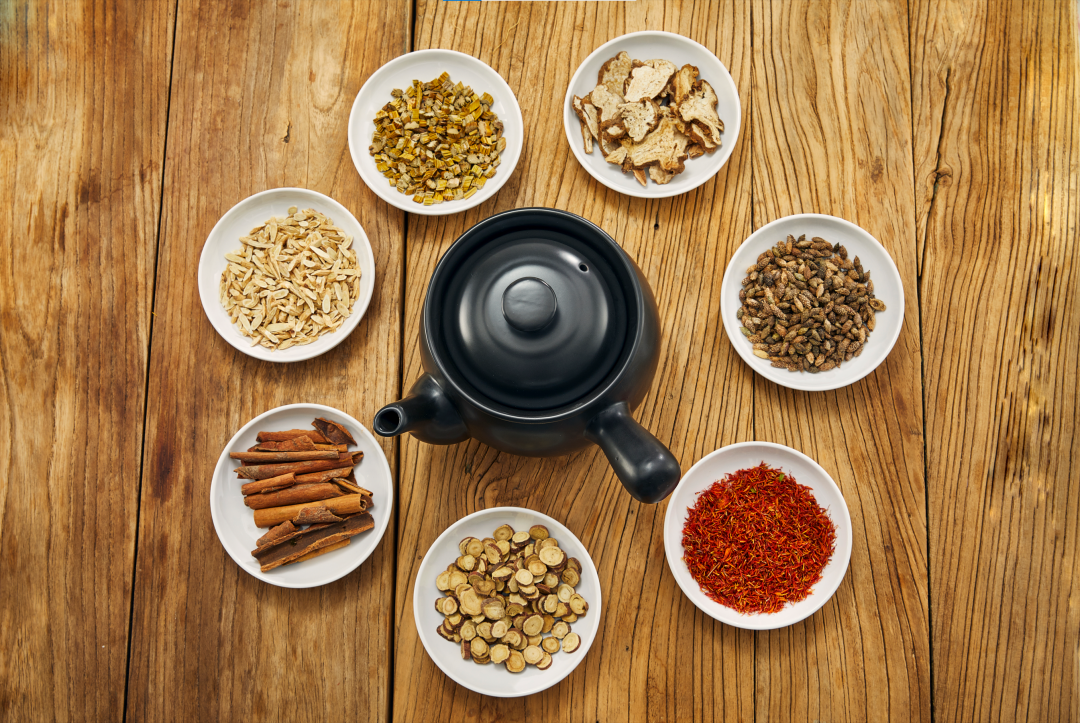
Modern people have already applied Honghua to intestinal cancers, as obstruction leads to pain. All cancers in later stages will experience blockage, and initially, they may also be obstructed. Therefore, timely use of Honghua to promote blood flow can help dissolve liver cancer, stomach cancer, rectal cancer, pancreatic cancer, cervical cancer, esophageal cancer, ovarian cancer, uterine cancer, liver and gallbladder cancer, bladder cancer, etc., alleviating symptoms by preventing blood and Qi from becoming blocked. Like a band of robbers, if small groups are dispersed in time, a major disaster will not occur. Honghua acts to promote Qi and invigorate blood, preventing lumps from forming.
There are many more beneficial effects and case studies regarding Honghua; everyone should delve deeper and promote its use.
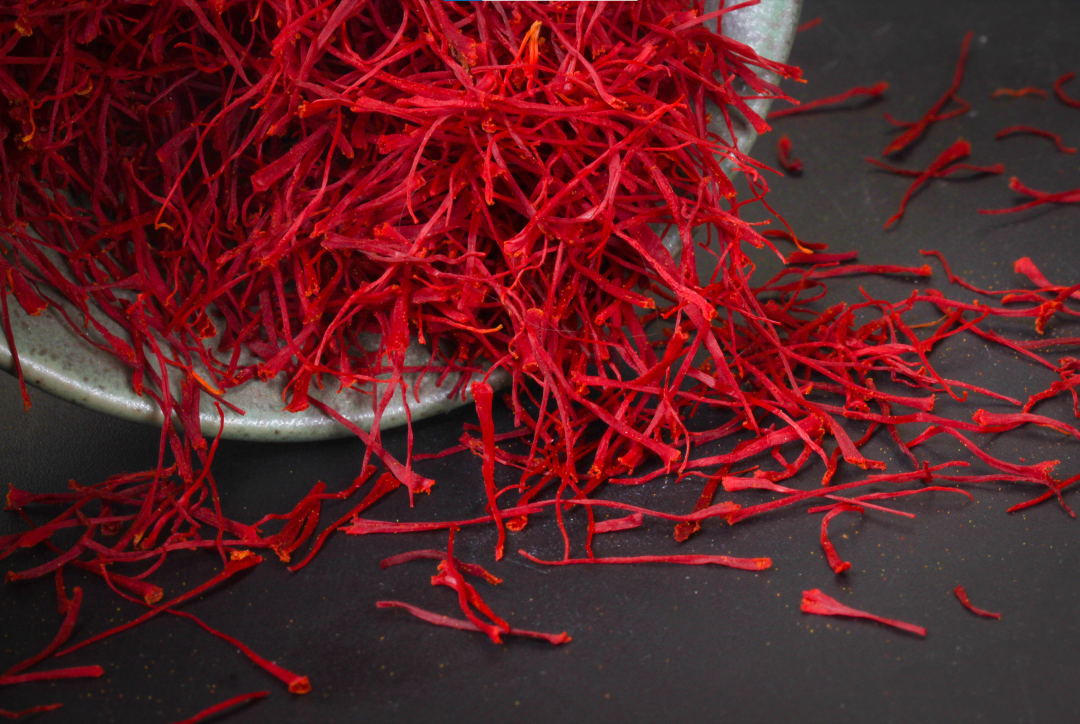
Appendix: [Introduction to Flowers and Herbs]
Honghua, also known as Honglanhua (红蓝花) or Caohonghua (草红花), is the tubular flower of the annual herbaceous plant Honghua from the Asteraceae family. It is cultivated nationwide, with major production areas in Henan, Zhejiang, and Sichuan. The flowers are harvested when the petals change from yellow to red, typically in May to June, and can be dried in the sun, in the shade, or by baking.
[Edible Efficacy]
It has excellent effects in invigorating blood, promoting menstruation, and alleviating pain. It is used to treat gynecological disorders such as menstrual irregularities, difficult labor, stillbirth, and postpartum blood stasis, and is regarded as a key gynecological herb. It can also treat pain from blood stasis, carbuncles, and injuries.
[Edible Formulas]
Coronary Heart Disease:
30g of Honghua, 15g of Sanqi (三七), and 500ml of white wine. Place Honghua and Sanqi in the white wine, seal, and soak for half a month. Use 10-30ml each time, 1-2 times a day.
Hypertension:
15g each of Honghua and Huaihua (槐花). Mix well, divide into 3 doses, and brew with boiling water in a porcelain cup. Let steep for a while, cool, and drink as tea.
Dysmenorrhea and Amenorrhea:
1. 15g of Honghua and 50ml of rice wine, add appropriate water, and simmer in a pot for 3-5 boils. Drink all at once while warm. Take for 3-5 days.
2. Equal amounts of Honghua and Lingxiaohua (凌霄花). Grind into a fine powder, take 6g each time, and swallow with boiled water, 3 times a day.
3. 20g of Honghua and 50g of japonica rice. Wrap Honghua in gauze and cook with washed japonica rice to make porridge. Remove the gauze and eat the porridge warm, once a day.
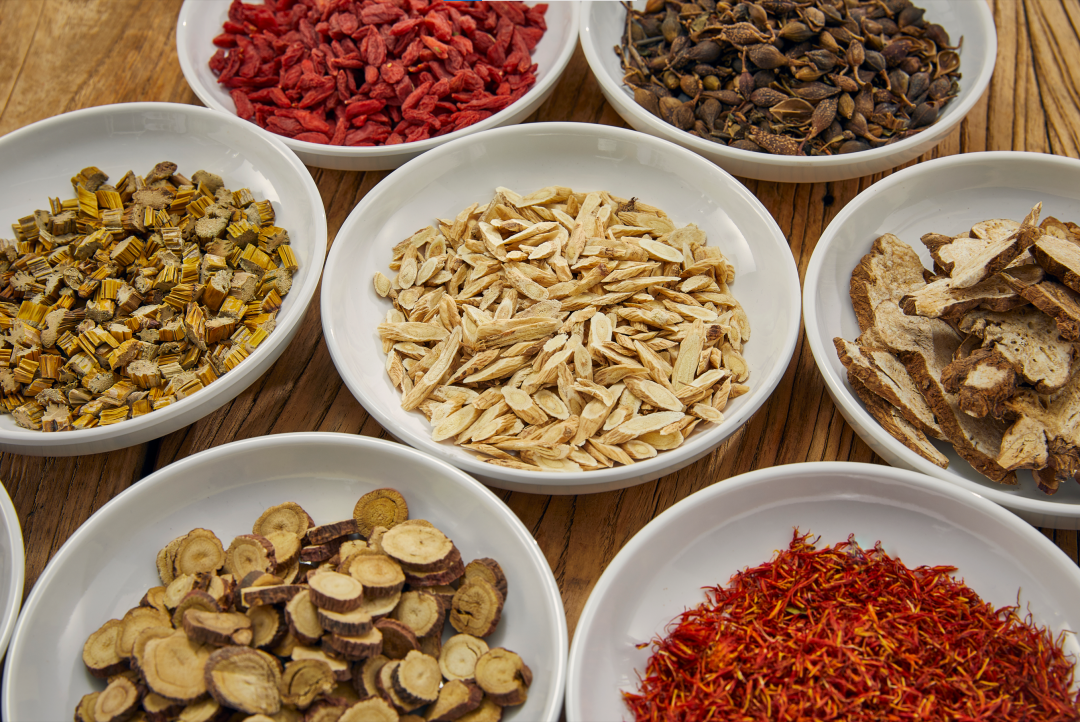
◇ Otitis Media:
2g of Honghua and 20g of alum. Burn the alum until it turns to ash, then grind it with Honghua into a fine powder. Take a small amount and blow it into the affected ear.
40g each of Honghua and Digupi (地骨皮), and 100g of glycerin. Grind the first two ingredients into a fine powder, mix with glycerin until uniform. Before use, soak feet in warm water, wash and dry, then apply the medicinal oil to the soles of the feet and bandage with sterile gauze, twice a day.
◇ Bedsores:
1. 30g of Honghua and 300ml of white wine. Seal and soak for 1 week, then use a sterile cotton swab to apply the medicinal wine to the affected area.
2. 50g of Honghua and 700ml of water, simmer for about 2 hours until the Honghua turns white, then filter the liquid. Simmer on low heat for 3-4 hours until it becomes gelatinous. Apply to sterile gauze and place on the affected area, changing the dressing every other day.
◇ Sprains and Swelling:
1. Fresh Honghua, appropriate amount, pound into a paste, extract the juice, and take 10ml each time, twice a day.
2. Fresh Honghua, appropriate amount, pound into a paste and apply to the affected area.
3. 50g of Honghua and 500g of glutinous rice. Add appropriate water to Honghua, boil repeatedly to extract juice 3 times, filter, and combine the liquid. Soak glutinous rice until thoroughly wet, steam to make rice, cool, add appropriate amount of wine yeast, mix well, and ferment into sweet rice wine. Take 30g each time, 3 times a day.
Retained Placenta:
20g of Honghua and equal parts of wine and water. Simmer for 3-5 boils, then drink warm.
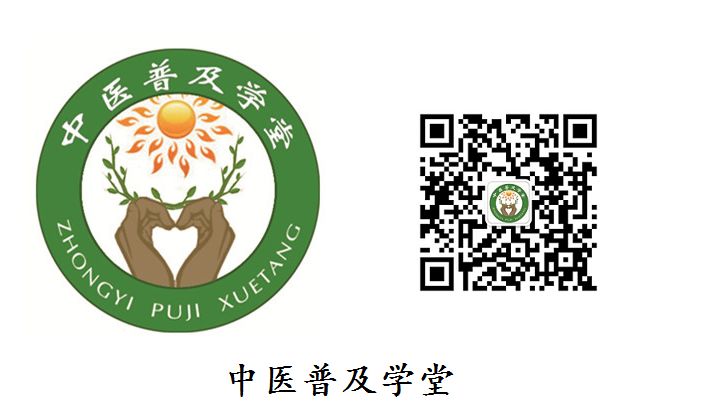
Be Cautious of Wind and Cold; Regulate Diet
Value Your Spirit; Avoid Anger
—— Four Essentials for Self-Care
More exciting videos on Tencent, search for “TCM Popularization Classroom”.
Click for more exciting audio.
↓↓↓

